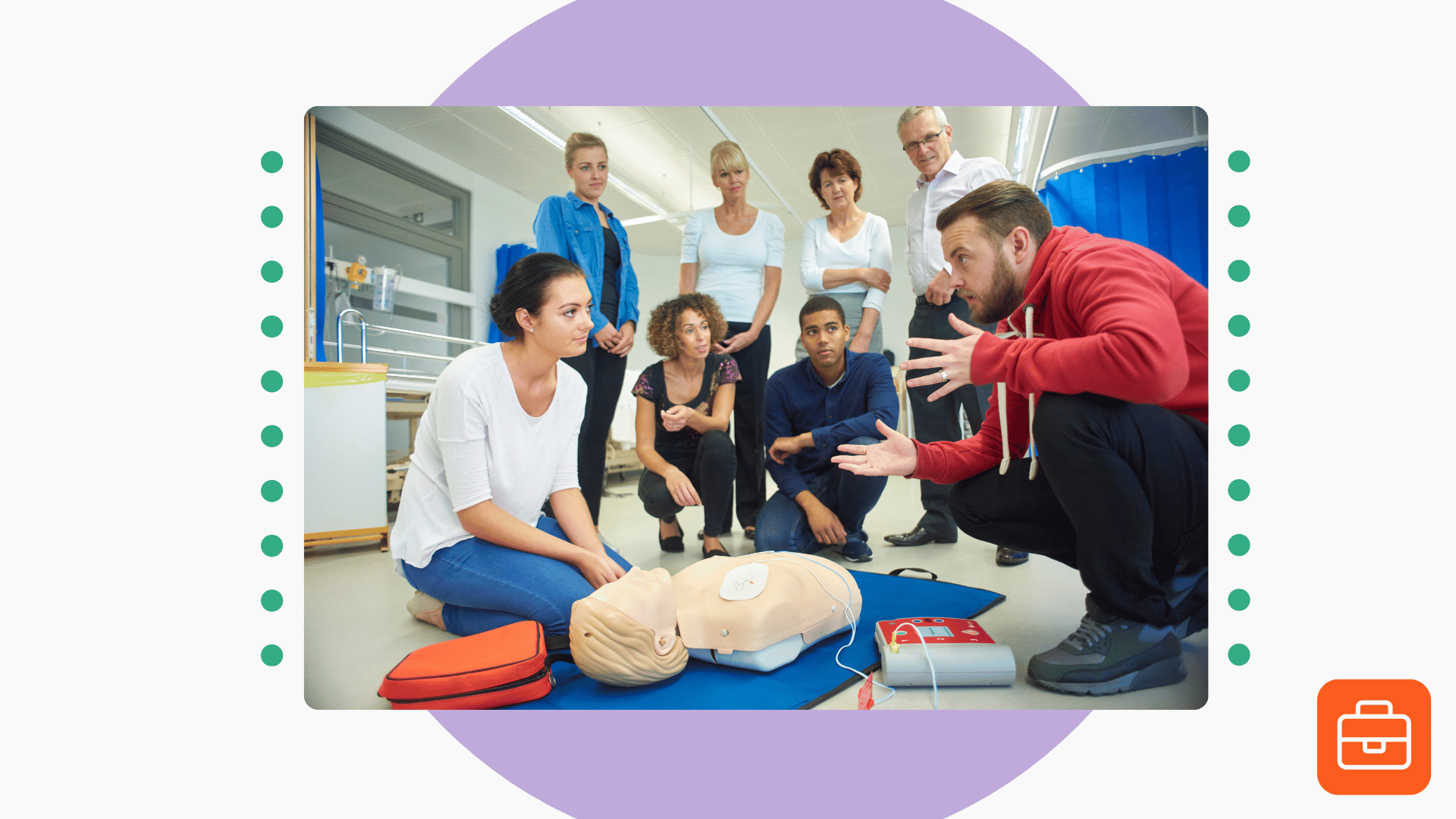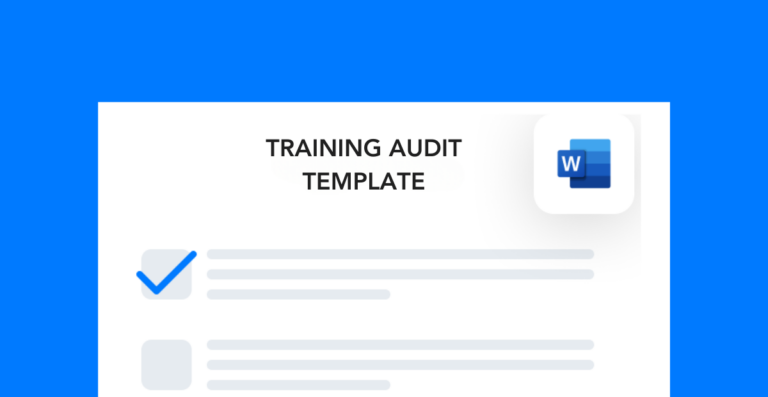At minimum, the onboarding process provides employees with the tools they need to succeed. Ideally, however, it does more than this by boosting engagement and getting employees excited to get started. Here are some ideas for how to improve your employee onboarding process so it’s more efficient and provides more value to your team.
Seek employee feedback and input
If you aren’t gathering worker feedback about your onboarding process, then you’re missing out. In fact, that’s the number one way to improve the process—by finding out what did and didn’t work for your employees.
You can ask questions like:
- What was your favorite part of onboarding?
- What could we do to make the onboarding experience better?
- How confident were you to start work after onboarding?
- What about the onboarding process (if anything) was confusing?
- What about the onboarding process (if anything) was difficult?
Invest in better training
Training is the most time-consuming aspect of onboarding. So, if you want to improve the employee onboarding process, investing in better training materials is a great option. As a rule, for training content to be good it must be accurate, relevant, and engaging.
If the training topic itself isn’t super interesting, just focus on the content by:
- Adding photos and videos to presentations
- Incorporating interactive elements (demonstrations, walkthroughs, etc.)
- Scheduling regular breaks
- Providing snacks or lunch during the training
- Using role plays or real-life scenarios to convey your message
The goal here is to improve the flow of the training. If you can get employees talking to one another, asking questions, getting out of their seats, then it’ll be easier to create a high-energy environment. The more energy in the room, the more likely workers are to engage with the lessons and retain the important information.
Diversify the onboarding schedule
One overlooked element of onboarding is pacing. You don’t just want to stick employees in a room for training without breaking up the day. This makes the process unenjoyable and can make it harder for workers to retain the information you’re sharing.
You can easily improve your employee onboarding process by adding breaks and interactive segments into the schedule. One of my favorite things to do is break up the classroom training sessions with equipment demonstrations, walking tours, and HR-related discussions.
Eliminate bottlenecks in the process
Another way to improve onboarding is to find and remove bottlenecks in the process. Here are just some of the potential bottlenecks you might have:
- Checking new employees in
- Collecting employee documents
- Documenting training
- Setting up employee accounts and credentials
- Distributing gear, resources, and materials
Most (if not all) of these bottlenecks are easy to fix if you plan correctly. For example, ask employees to fill out documentation like tax forms, emergency contacts, and more before they show up for work. Prepare all the uniforms, company swag, and other materials the day or week before onboarding. That way, you don’t have employees sitting around waiting for you to do these tasks in real time.
Implement a learning management system
Investing in a learning management system (LMS) can help improve many areas of employee onboarding. Here are just some examples of things you can do with an LMS to make the process more efficient and effective:
- Upload and manage training materials
- Keep updated employee records
- Schedule and assign training requirements
- Track and document training compliance for all employees
With an LMS, you can improve how your team documents and tracks onboarding so there are fewer errors in the process. Some systems, like Frontline LMS, also allow workers to complete training remotely before they come onsite. This saves time, helps you speed up onboarding, and allows you to focus on the more engaging components of the process.
Other posts you might like…
No posts

